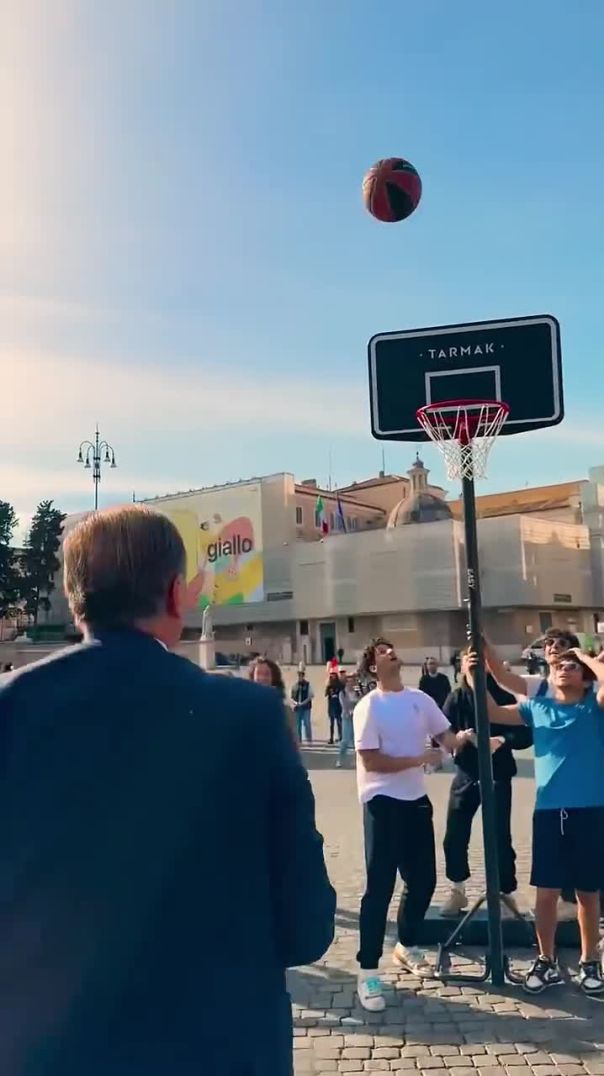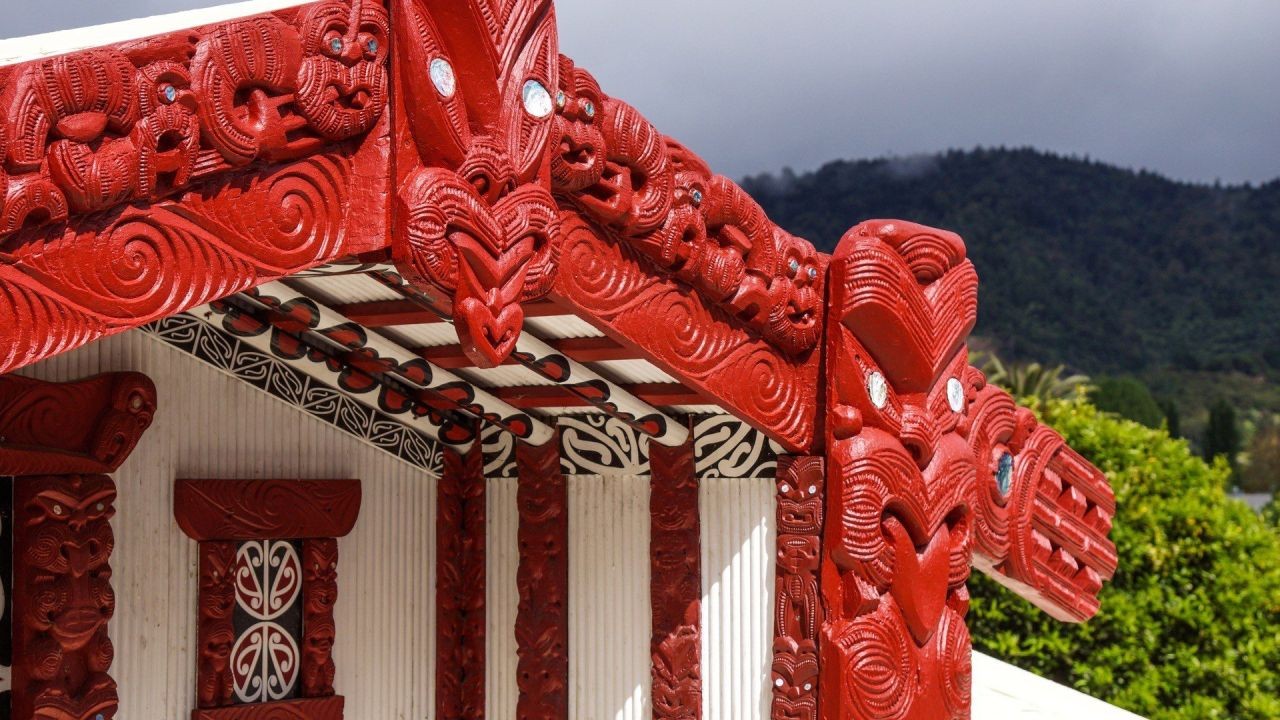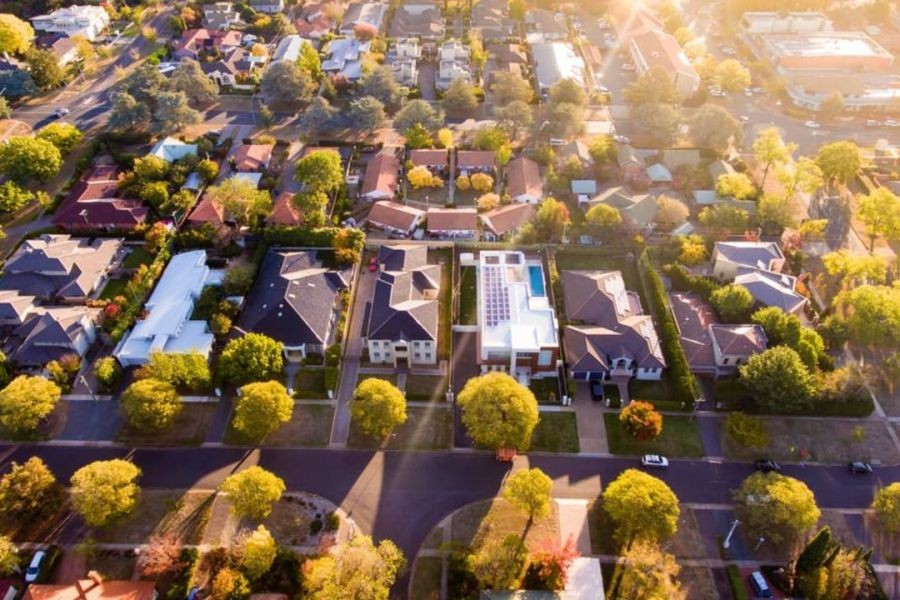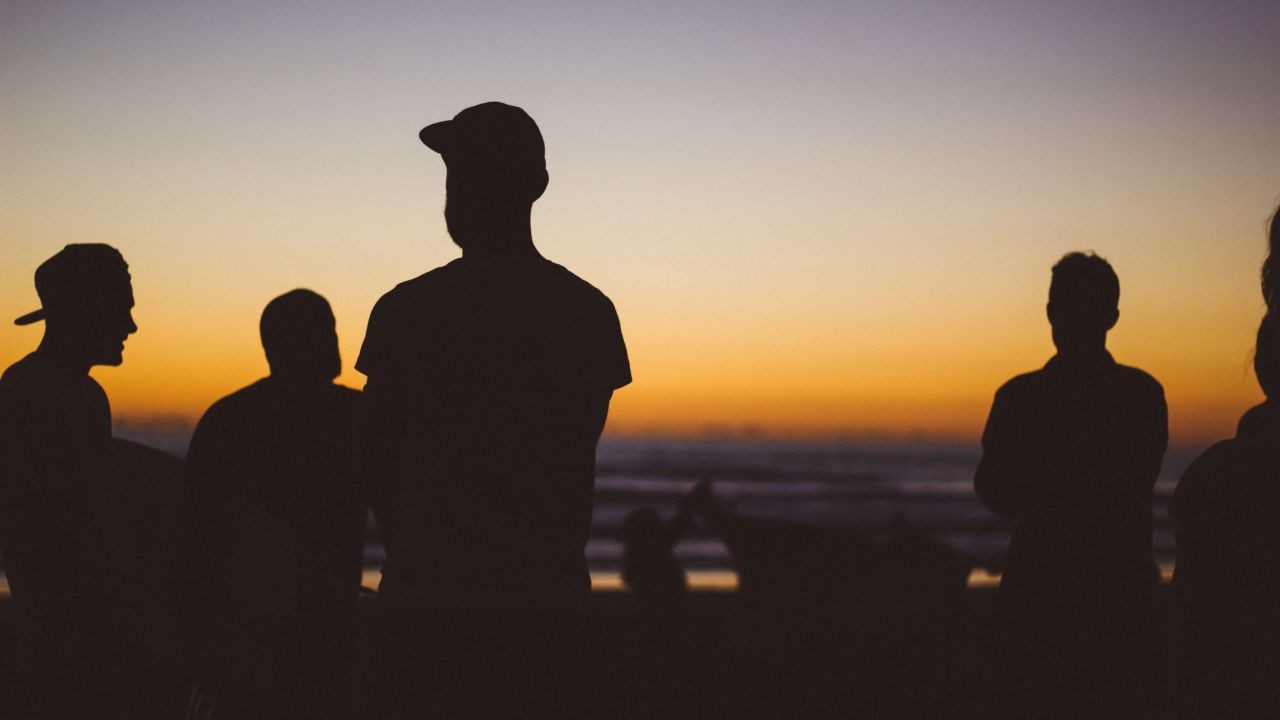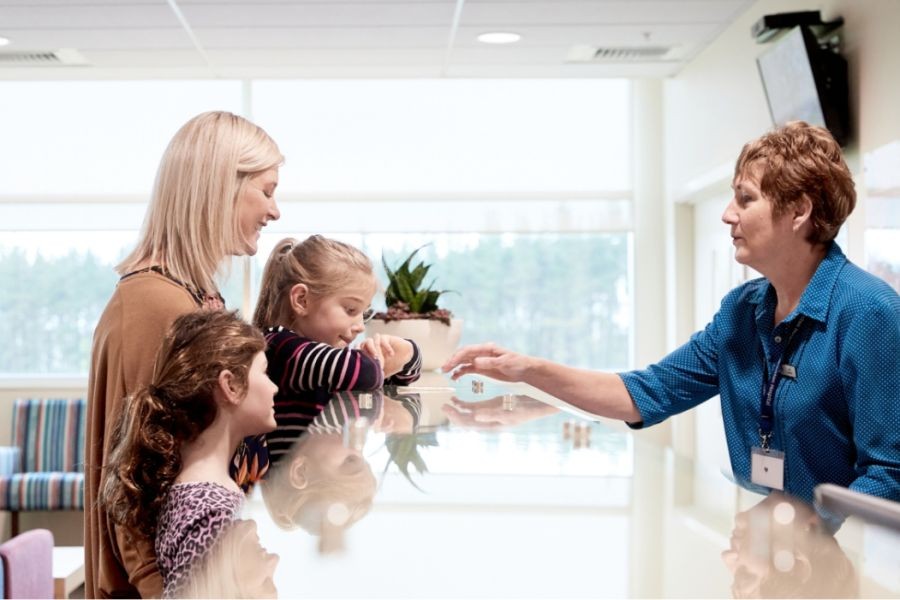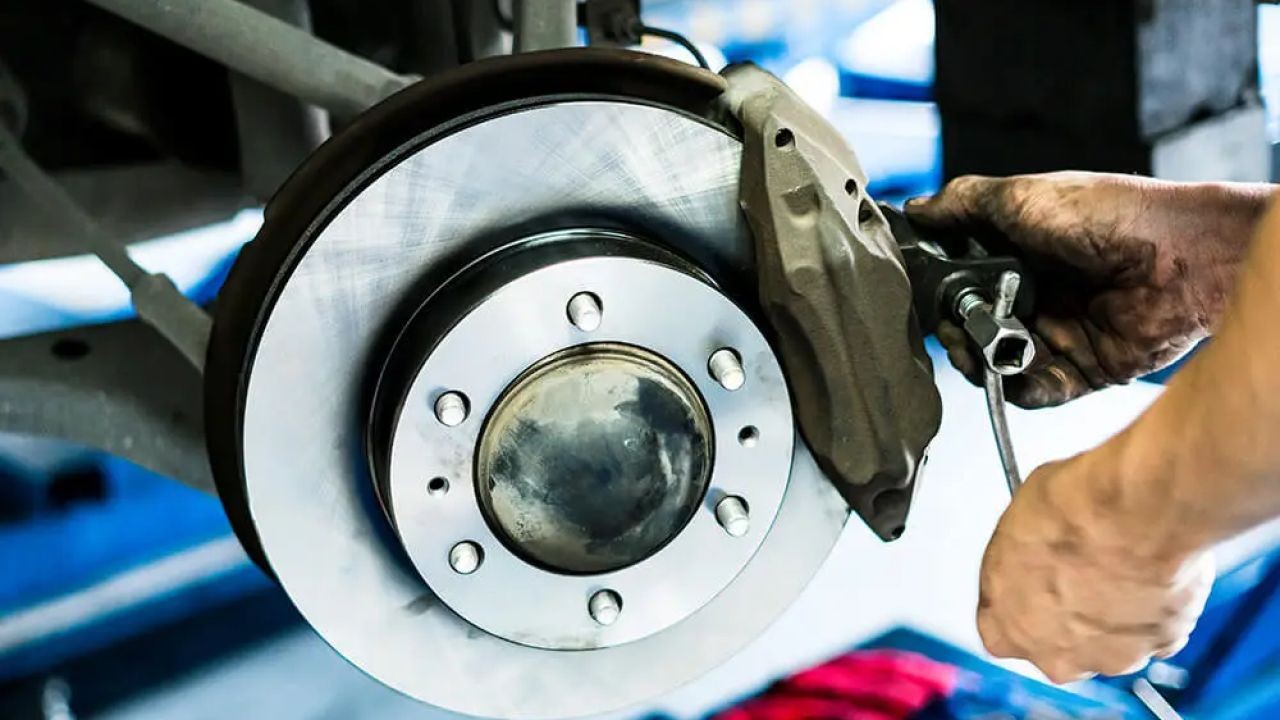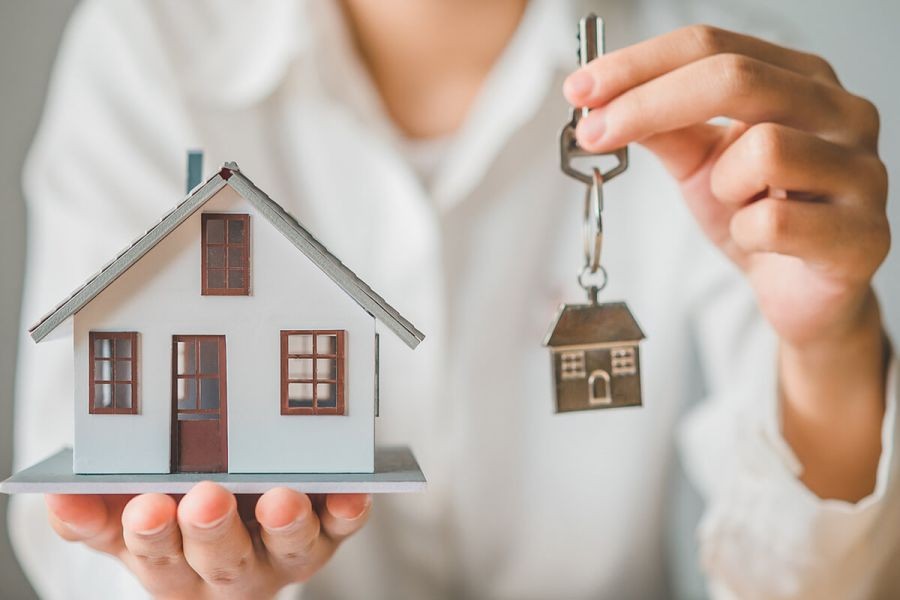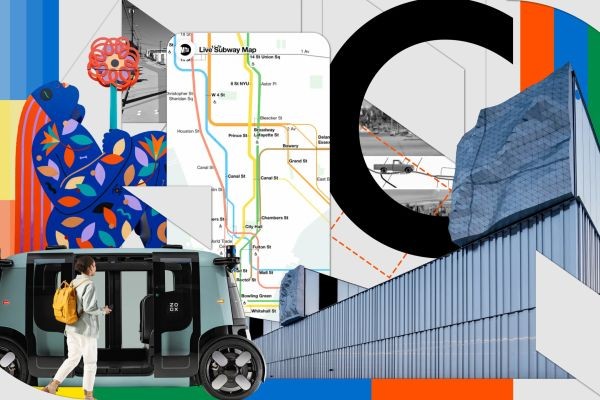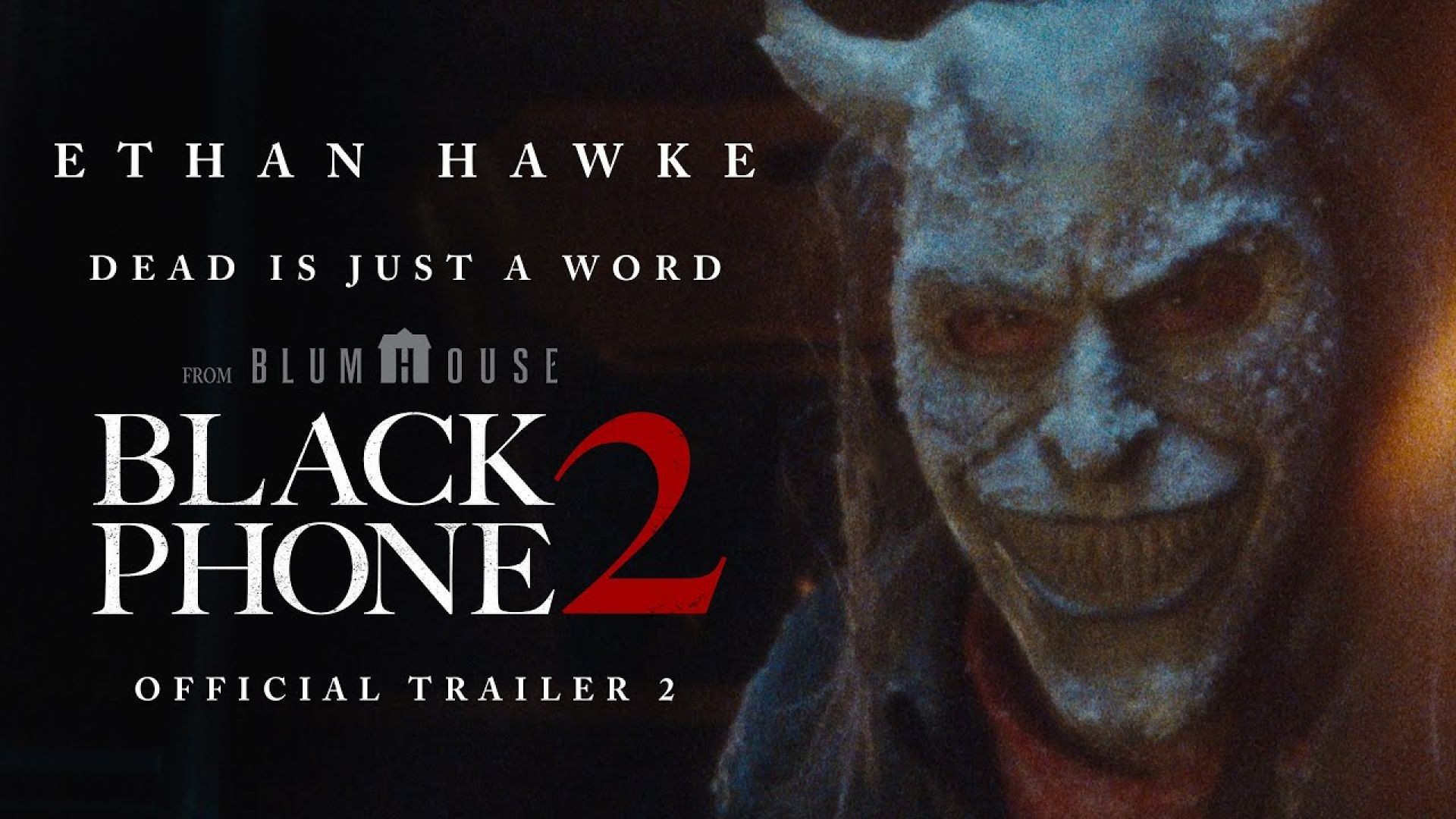Places like Auckland and Wellington have become home to a growing number of Māori, drawn by employment opportunities but caught in a cycle of housing insecurity, gentrification, and cultural disconnection.
While cities offer economic prospects and modern amenities, they often lack the deep-rooted connections to whānau, hapū, and marae that are essential to Māori identity and wellbeing. For many urban Māori, the cost of survival means sacrificing access to traditional support systems, cultural gatherings, and the ancestral whenua that ground their sense of belonging.
This article explores the multifaceted challenges urban Māori face—from historic migration patterns to the current housing crisis, from cultural displacement to community-led resilience. It delves into the tension between economic survival and cultural identity, uncovering why “no room at the marae” is more than just a metaphor—it’s a lived reality demanding urgent attention.
Part 1: The History of Māori Urban Migration
The movement of Māori into New Zealand’s cities is not a new phenomenon. Beginning in the mid-20th century, a significant urban migration reshaped Māori life and identity. Traditionally, Māori lived within tribal territories (rohe), closely connected to their iwi and hapū, marae, and ancestral lands. However, post-World War II economic shifts, government policies, and industrial growth drew many Māori to urban centres.
The Drivers of Urban Migration
Economic necessity was a primary factor. The promise of stable factory and service jobs attracted Māori from rural and provincial areas, particularly from the East Coast, Waikato, Bay of Plenty, and Northland. State housing projects and social welfare policies supported this migration but often failed to accommodate cultural needs.
Disconnection from Whānau and Marae
As Māori settled in suburbs and city housing blocks, many experienced isolation from their traditional whānau structures and marae life. This physical dislocation disrupted transmission of language, customs, and cultural education. While urban marae began to emerge, they were initially few and stretched thin to serve dispersed communities.
The Impact on Identity and Wellbeing
This migration triggered a complex identity shift. While urban Māori embraced new opportunities, they also faced discrimination, marginalisation, and a loss of cultural anchors. The balance between adapting to urban life and maintaining cultural heritage became a central challenge—a struggle that continues today.
Part 2: Gentrification and Housing Crisis in Auckland and Wellington
New Zealand’s largest cities—Auckland and Wellington—are grappling with severe housing challenges that deeply affect urban Māori communities. Gentrification and the ongoing housing crisis are not just about property prices; they are about the erosion of cultural spaces, displacement of whānau, and threats to identity.
The Housing Crisis at a Glance
Auckland, in particular, has seen some of the fastest property price growth in the country, with median house prices soaring well beyond the reach of many Māori families. Wellington, though smaller, faces similar pressures with demand outstripping supply. Rental markets are tight, and affordable housing options are scarce. For Māori, who statistically face higher rates of income insecurity and lower homeownership rates, this housing crunch is particularly acute.
How Gentrification Displaces Māori Communities
Gentrification—the process where wealthier residents and developers move into historically lower-income neighbourhoods—often leads to rising rents and property values that price out existing residents. Suburbs that were once home to tight-knit Māori communities now face dramatic changes: older homes replaced by townhouses, local shops and services closing, and marae or community centres becoming harder to access.
Many Māori families are pushed to the city outskirts or into overcrowded or insecure housing. This dispersal disrupts traditional social networks, reduces access to marae and iwi events, and makes it harder to maintain cultural practices that rely on close community proximity.
Cultural and Social Implications of Housing Insecurity
Housing is more than shelter for Māori—it is the foundation of whānau wellbeing and cultural practice. When families cannot secure stable, affordable homes, it affects their ability to engage in tikanga, raise tamariki with a strong sense of identity, and participate fully in community life.
The psychological toll is significant. Displacement and housing insecurity contribute to stress, loss of belonging, and a weakening of cultural connections that are vital to mental health and resilience.
Part 3: Loss of Connection to Whakapapa and Whānau
Whakapapa—genealogy that traces one’s ancestral connections—is the cornerstone of Māori identity, weaving together people, land, and history. Whānau, or extended family, forms the living expression of this whakapapa through shared experiences, support, and cultural transmission. But urban living, especially amid gentrification and housing insecurity, often severs these vital ties.
The Physical Distance from Marae and Tribal Roots
For many urban Māori, migration from rural tribal areas to cities has created a tangible physical and emotional distance from marae—the traditional meeting grounds where whakapapa is celebrated and nurtured. Marae are more than buildings; they are living spaces where language, customs, and kinship bonds are strengthened through hui (meetings), tangihanga (funerals), and other ceremonies.
When affordable housing forces families to scatter across distant suburbs or outside the city, attendance at these crucial gatherings becomes difficult, especially when public transport is limited or costs are high. The dispersal weakens the continuity of cultural education and whānau participation.
Impact on Cultural Transmission and Identity
Without regular engagement with marae and iwi networks, many urban Māori struggle to maintain te reo Māori (the Māori language) and tikanga (customs). Younger generations raised in the city may grow up disconnected from their whakapapa stories and tribal histories, leading to feelings of cultural loss and identity confusion.
The disconnection also hampers intergenerational knowledge sharing, a key method by which Māori culture, values, and identity are preserved and passed on.
Social Isolation and Wellbeing
The weakening of whakapapa ties and whānau networks contributes not only to cultural dislocation but also to social isolation. Māori are a collectivist culture; connection to whānau and hapū provides emotional support, practical help, and a sense of belonging.
Lack of access to these supports increases vulnerability to mental health challenges, including anxiety and depression. The loss of cultural identity and community is a significant factor in the wellbeing disparities experienced by urban Māori.
Part 3: Loss of Connection to Whakapapa and Whānau
Whakapapa—genealogy that traces one’s ancestral connections—is the cornerstone of Māori identity, weaving together people, land, and history. Whānau, or extended family, forms the living expression of this whakapapa through shared experiences, support, and cultural transmission. But urban living, especially amid gentrification and housing insecurity, often severs these vital ties.
The Physical Distance from Marae and Tribal Roots
For many urban Māori, migration from rural tribal areas to cities has created a tangible physical and emotional distance from marae—the traditional meeting grounds where whakapapa is celebrated and nurtured. Marae are more than buildings; they are living spaces where language, customs, and kinship bonds are strengthened through hui (meetings), tangihanga (funerals), and other ceremonies.
When affordable housing forces families to scatter across distant suburbs or outside the city, attendance at these crucial gatherings becomes difficult, especially when public transport is limited or costs are high. The dispersal weakens the continuity of cultural education and whānau participation.
Impact on Cultural Transmission and Identity
Without regular engagement with marae and iwi networks, many urban Māori struggle to maintain te reo Māori (the Māori language) and tikanga (customs). Younger generations raised in the city may grow up disconnected from their whakapapa stories and tribal histories, leading to feelings of cultural loss and identity confusion.
The disconnection also hampers intergenerational knowledge sharing, a key method by which Māori culture, values, and identity are preserved and passed on.
Social Isolation and Wellbeing
The weakening of whakapapa ties and whānau networks contributes not only to cultural dislocation but also to social isolation. Māori are a collectivist culture; connection to whānau and hapū provides emotional support, practical help, and a sense of belonging.
Lack of access to these supports increases vulnerability to mental health challenges, including anxiety and depression. The loss of cultural identity and community is a significant factor in the wellbeing disparities experienced by urban Māori.
Part 3: Loss of Connection to Whakapapa and Whānau
Whakapapa—genealogy that traces one’s ancestral connections—is the cornerstone of Māori identity, weaving together people, land, and history. Whānau, or extended family, forms the living expression of this whakapapa through shared experiences, support, and cultural transmission. But urban living, especially amid gentrification and housing insecurity, often severs these vital ties.
The Physical Distance from Marae and Tribal Roots
For many urban Māori, migration from rural tribal areas to cities has created a tangible physical and emotional distance from marae—the traditional meeting grounds where whakapapa is celebrated and nurtured. Marae are more than buildings; they are living spaces where language, customs, and kinship bonds are strengthened through hui (meetings), tangihanga (funerals), and other ceremonies.
When affordable housing forces families to scatter across distant suburbs or outside the city, attendance at these crucial gatherings becomes difficult, especially when public transport is limited or costs are high. The dispersal weakens the continuity of cultural education and whānau participation.
Impact on Cultural Transmission and Identity
Without regular engagement with marae and iwi networks, many urban Māori struggle to maintain te reo Māori (the Māori language) and tikanga (customs). Younger generations raised in the city may grow up disconnected from their whakapapa stories and tribal histories, leading to feelings of cultural loss and identity confusion.
The disconnection also hampers intergenerational knowledge sharing, a key method by which Māori culture, values, and identity are preserved and passed on.
Social Isolation and Wellbeing
The weakening of whakapapa ties and whānau networks contributes not only to cultural dislocation but also to social isolation. Māori are a collectivist culture; connection to whānau and hapū provides emotional support, practical help, and a sense of belonging.
Lack of access to these supports increases vulnerability to mental health challenges, including anxiety and depression. The loss of cultural identity and community is a significant factor in the wellbeing disparities experienced by urban Māori.
Part 6: Cultural Displacement and Mental Health
The ongoing experience of cultural displacement for urban Māori has deep and lasting impacts on mental health and wellbeing. The loss of connection to land, whānau, and marae — combined with economic pressures — contributes to a complex web of stressors affecting urban Māori communities.
The Psychological Toll of Disconnection
Being disconnected from one’s whakapapa and cultural support networks can lead to feelings of isolation, loss, and identity confusion. For Māori, whose worldview centres on collective wellbeing and belonging, this dislocation is particularly damaging.
Studies show that urban Māori experience higher rates of depression, anxiety, and suicide compared to non-Māori. Cultural disconnection is a significant contributing factor, as it undermines the protective effects of cultural identity and community support.
The Role of Historical Trauma
The effects of colonisation, land confiscations, and systemic marginalisation continue to echo through generations. Intergenerational trauma—transmitted through disrupted whakapapa and social disadvantage—intensifies mental health challenges among urban Māori.
Many carry the burden of unresolved grief for ancestral loss and cultural erasure, which compounds feelings of displacement and distress in urban environments.
Importance of Cultural Reconnection in Healing
Re-establishing cultural ties through marae participation, language revitalisation, and community engagement plays a vital role in improving mental health outcomes. Access to culturally grounded mental health services that understand Māori worldviews and experiences is essential.
Urban marae and kaupapa Māori health providers offer safe spaces for healing, resilience-building, and reclaiming identity, countering the damaging effects of cultural displacement.
Part 7: Community Initiatives Rebuilding Urban Māori Identity
Amid the challenges of urban living, many Māori communities are leading inspiring efforts to reclaim, strengthen, and celebrate Māori identity in the city. These grassroots initiatives foster cultural reconnection, social cohesion, and resilience.
Urban Marae as Cultural Hubs
Urban marae play a central role in revitalising Māori culture in cities. Beyond hosting traditional ceremonies, they run programmes teaching te reo Māori (language), tikanga (customs), and whakapapa (genealogy) to urban youth disconnected from their tribal lands. Examples include Te Piringatahi o te Whānau and Hoani Waititi Marae in Auckland, which provide safe, vibrant spaces for learning and cultural expression.
Whānau Ora and Social Services
Community organisations delivering Whānau Ora models offer holistic support combining health, education, housing, and cultural identity services. By recognising the importance of whakapapa and whānau connections, these programmes empower urban Māori to navigate systemic barriers while maintaining cultural ties.
Arts, Festivals, and Public Engagement
Māori-led arts and cultural festivals in urban centres celebrate identity publicly, building pride and awareness. Events such as the Auckland Pasifika Festival and Wellington’s Matariki celebrations showcase Māori performance, crafts, and storytelling, bridging generations and communities.
Digital Innovation and Connection
Technology is also harnessed to reconnect urban Māori with their whakapapa and marae through online language classes, virtual hui, and social media platforms. This digital approach expands cultural access for those geographically or economically isolated.
Part 8: Policy Gaps and Housing Solutions for Urban Māori
The housing crisis facing urban Māori is as much a policy issue as it is an economic and social one. Despite clear evidence of disproportionate housing insecurity among Māori, government responses have often been fragmented, underfunded, or culturally insensitive, exacerbating displacement and cultural disconnection.
Insufficient Recognition of Urban Māori Needs
National housing policies have traditionally focused on homeownership or social housing provision without adequately addressing the unique challenges of urban Māori populations. Many Māori renters remain invisible in policy discussions despite being the most vulnerable to rent hikes and eviction.
Moreover, housing initiatives rarely incorporate Māori values such as whanaungatanga (relationships), kaitiakitanga (guardianship), or communal living practices, limiting their effectiveness for sustaining cultural connections.
The Need for Whānau-Centred Housing Approaches
Effective solutions require policies that recognise whānau as the fundamental social unit and reflect Māori aspirations for collective wellbeing. Models like papakāinga (communal Māori housing) and multi-generational homes can help restore cultural practices within urban contexts.
Urban marae-led housing developments are emerging as promising examples, combining affordable housing with cultural infrastructure. These initiatives provide safe, culturally grounded environments where Māori can reconnect with whakapapa and whānau support.
Calls for Increased Investment and Partnership
Māori leaders and organisations call for stronger government partnerships and investment in kaupapa Māori housing solutions. This includes greater funding for marae development, tenant support services, and urban papakāinga projects that prioritise cultural sustainability alongside economic viability.
Addressing the housing crisis for urban Māori is critical not just for economic survival but for preserving identity, community, and wellbeing.
Part 9: The Role of Education in Strengthening Urban Māori Identity
Education is a powerful tool for empowering urban Māori to reclaim and reinforce their cultural identity. Schools, community programmes, and tertiary institutions play vital roles in embedding te reo Māori, tikanga, and whakapapa knowledge into the lives of young Māori living in cities.
Challenges in Urban Education for Māori Students
Many urban Māori students face barriers to engaging with their culture in school environments. Despite the presence of Māori language immersion and bilingual units, these are often limited in number and accessibility. Additionally, mainstream curricula can sometimes overlook or underrepresent Māori perspectives, leaving students disconnected from their heritage.
Cultural disconnection in education can lead to disengagement and lower achievement rates among Māori youth, perpetuating cycles of disadvantage.
Culturally Responsive Curriculum and Teaching
Efforts to strengthen urban Māori identity through education focus on culturally responsive pedagogy that honours Māori worldviews, language, and history. Kaupapa Māori education models centre Māori values, encouraging whānau involvement and community partnerships to support student wellbeing and success.
Schools collaborating with local iwi and marae can provide students with authentic learning experiences that deepen cultural knowledge and pride.
Adult and Community Education
Beyond schools, adult education programmes offer opportunities for urban Māori to reconnect with their culture later in life. Language classes, cultural workshops, and whakapapa research support lifelong learning and identity reclamation.
Tertiary institutions also increasingly include Māori studies and support services designed to empower Māori students navigating urban environments.
Part 10: Pathways Forward — Building Inclusive Cities for Māori
Addressing the cultural displacement and housing challenges faced by urban Māori requires comprehensive, inclusive approaches that recognise Māori as tangata whenua (people of the land) even within cities. Building cities where Māori can thrive culturally and economically is essential for the nation’s social fabric and future.
Recognising Urban Māori as Tāngata Whenua
Urban Māori are often perceived as ‘out of place’ in cities, but their ancestral connections extend across Aotearoa’s landscapes and urban centres alike. Policy and planning must formally recognise urban Māori rights, identities, and cultural contributions as intrinsic to city life.
Collaborative Urban Planning and Development
Māori-led input in urban development decisions ensures that housing, transport, and community facilities support cultural needs and protect marae and other significant sites. Collaborative partnerships between councils, iwi, and hapū foster culturally aware urban environments.
Investing in Affordable, Culturally Grounded Housing
Expanding housing models that combine affordability with Māori cultural values—such as papakāinga and marae-led developments—provides secure homes where whakapapa and whānau thrive. Funding these initiatives should be a government priority.
Strengthening Cultural Education and Services
Supporting education that centres Māori identity and wellbeing helps urban Māori maintain and celebrate their culture. Culturally responsive health and social services further address the unique challenges faced by urban communities.
Promoting Economic Opportunities
Creating pathways for economic empowerment that align with Māori values strengthens community resilience. Supporting Māori entrepreneurship, training, and employment initiatives in cities helps balance economic survival with cultural identity.
Conclusion and Call to Action
Urban Māori face a profound struggle to maintain cultural identity amidst housing insecurity, economic pressures, and displacement. Recognising the vital role of marae, whānau, and whakapapa in urban settings is key to fostering wellbeing and belonging.
Government, local councils, iwi, and communities must collaborate to develop housing solutions, cultural programmes, and inclusive urban planning that support Māori as tangata whenua — wherever they live.
If you care about the future of Aotearoa and the wellbeing of Māori communities, support initiatives that invest in urban marae, affordable housing, and culturally responsive services. Together, we can build cities where Māori identity thrives, and everyone belongs.




